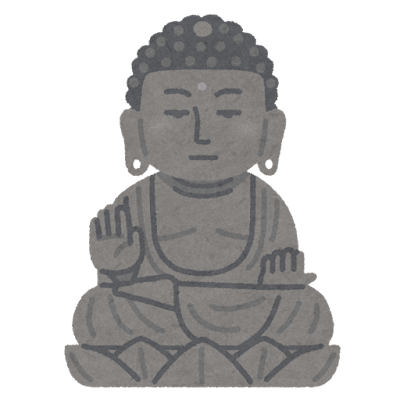Hello! Nice to meet you again!
It is the blog How Unique Japan. We are excited to showcase the unique aspects of our country through this website!
This time, we would like to ask you.
Do you know how many Buddha statues there are in Japan? We think you do not because numerous statues exist everywhere, especially in temples. We Japanese are also unable to count them.
It is true. Over 130 statues are national treasures. Additionally, there are still numerous statues—for example, one famous temple in Kyoto has over 1,000 statues within its grounds.
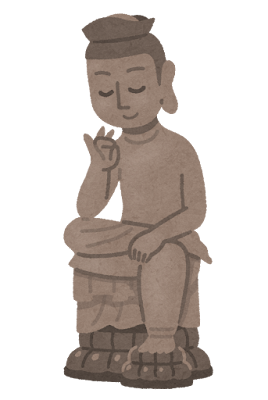
Why are there so many?
The answer is similar to the cause of other religions. It is a Big anxiety for living.
Next, we will discuss the significance of statues and the various types of gods.
The reason of the statues
The answer is simple.
We always live with anxiety.
Issues can sometimes stem from financial challenges, friendships, or health concerns.
Consequently, the Japanese created gods to address each of these problems.
When someone had trouble with his business, he used to pray to the god concerned with money or good luck. It is one example.
That is why there are several gods with statues born in Japan.
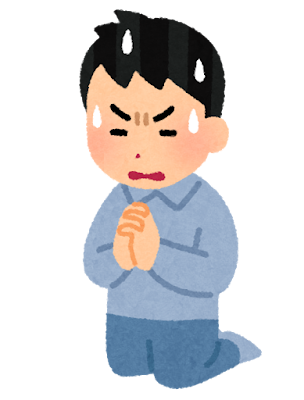
However, it is not chaotic. All gods stand in a hierarchy separated into four ranks.
Please look at the details below.
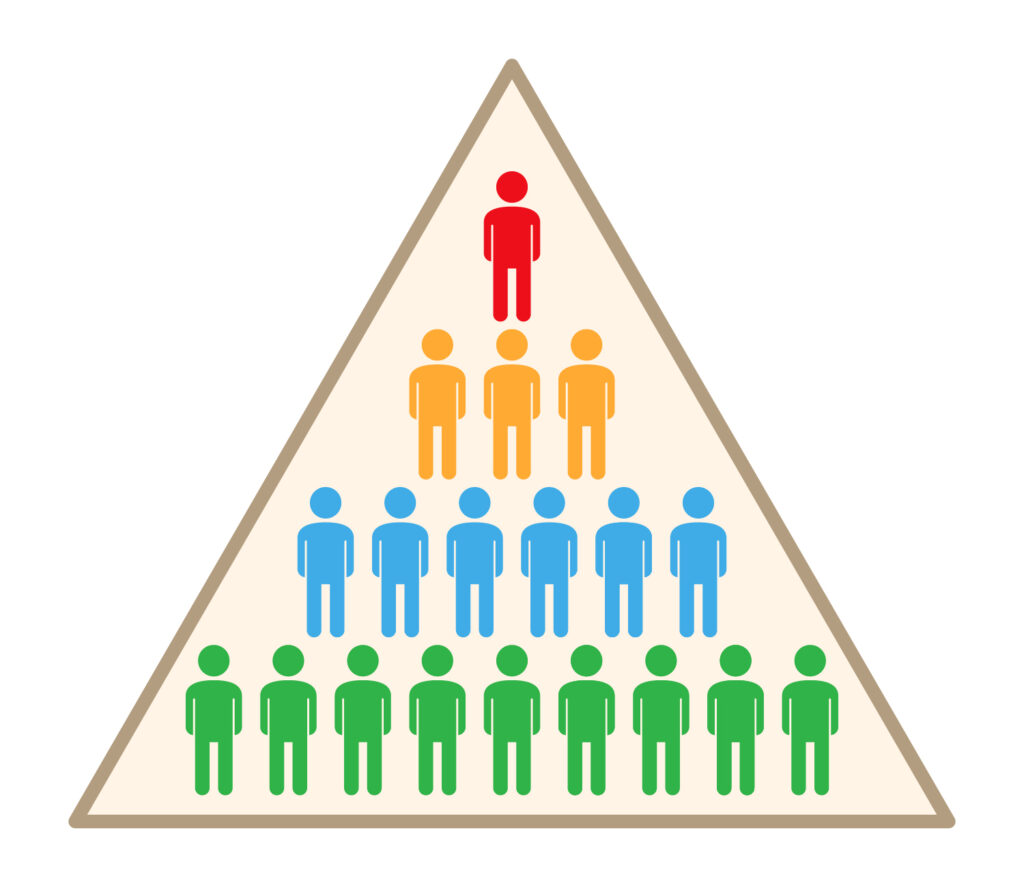
1st Nyorai
It is the top of the hierarchy for those who have reached enlightenment. They are like the Buddhist founder, Gautama Siddhartha.
In Buddhism, it is the ultimate ideal and goal that everyone (especially Buddhists) follows.
The representative one is Amida Nyorai.
It has the strangest light power that shines on any living creature and saves. The power would also impact guilty individuals, meaning it could save those who are considered bad people.
Some statues are, as a result, quite large. However, that one would be famous among the Japanese. Look at the picture.
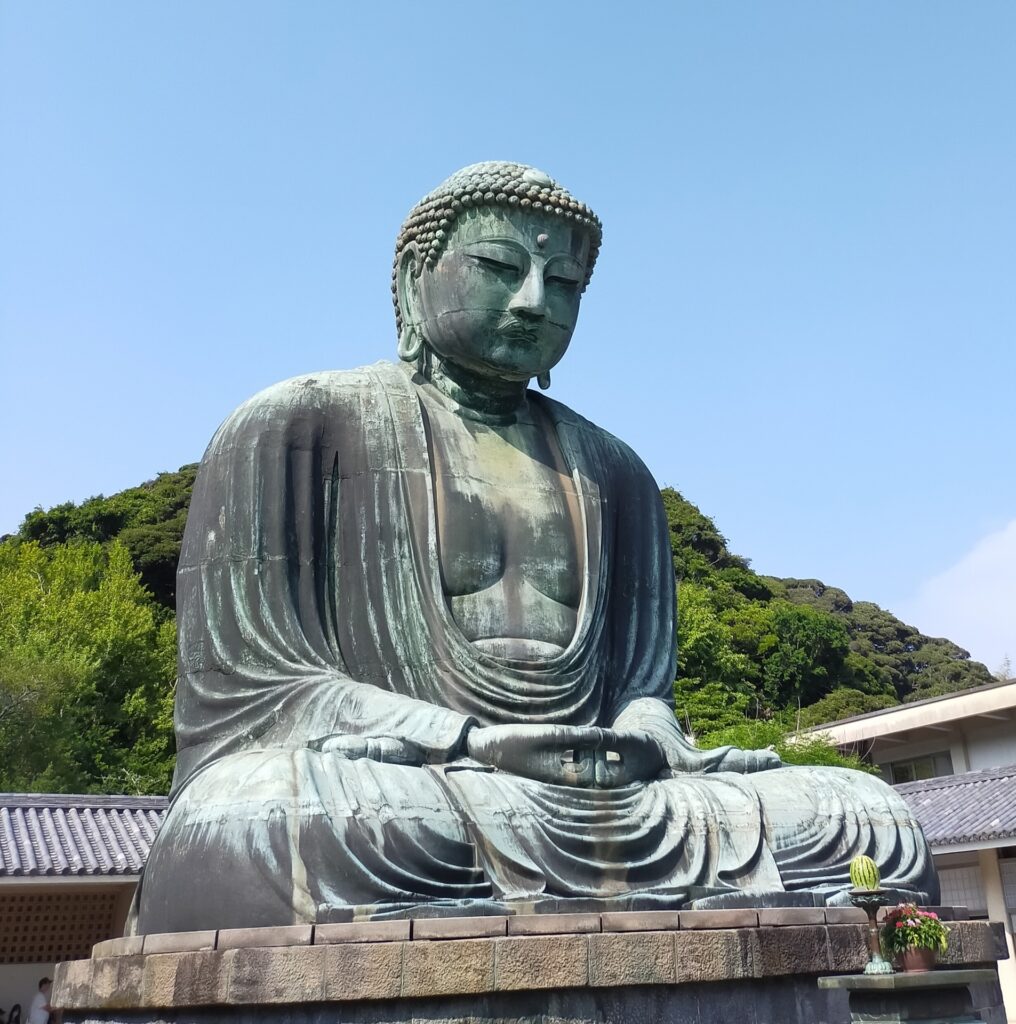
The statue is in the Kamakura area. It stands 13.35 meters tall and weighs 121 tons.
Indeed, it is incredible. But the most impressive fact is its age—it has been around since 1252!
By the way, some attentive readers may have noticed the statue signaling. The form of the hands means the wisdom of all. It is not for making shadow clones or fireballs.
2nd Bosatsu
It is the second-highest rank in the hierarchy. That means Bosatsu are still in training to be Nyorai. Thus, they must help people reach enlightenment, although they are not yet there.
Therefore, the Bosatus also means those who help others by sacrificing themself.
The most famous one is the Senzyu Kannon Bosatsu, meaning “thousand hands.”
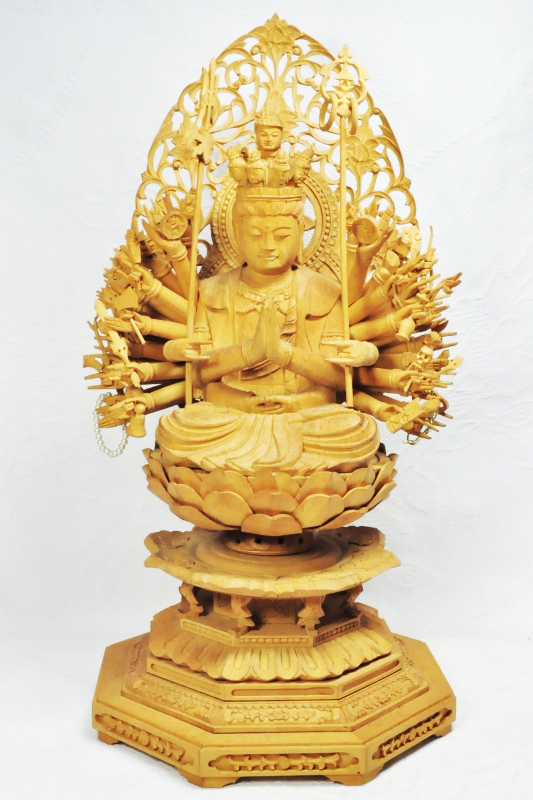
As you can see in the picture, it seems to have one thousand hands.
However, the god only has forty-two hands. What does it mean?
The answer is from a unique calculation that incorporates a Buddhist perspective.
In Buddhism, there are 25th levels between heaven and hell after death. The Bosatsu helps people at each level overcome suffering.
That means 25 times 40th hands (two hands holding a sign around the chest are exceptions). Do you get it? So, it leads to one thousand. It is the meaning of this statue.
Besides, one thousand also means infinity in Buddhism. Thus, those statues express the infinite love to save all people in any world from suffering.
3rd Myohou
The statue is ranked third in the hierarchy. Its unique feature is a scarred face, distinguishing it from the other gods. It represents WARTH.
It is due to their role in the religion. They are protectors of Buddhism. So, they always keep bad luck or disasters (or another religion conquering) away from us. Besides, they can help us overcome hesitation.
That is the reason they keep their faces in anger.
The most famous one, Hudou Myohou, usually has an angry face. They sometimes stumble on monsters in the underparts of statues.
One more. There is another feature in the Myohou appearance. He has a sword in his right hand and a rope in his left hand. That look makes it scarier.
Neither tool is for hurting others or for use in warfare. The sword cuts down earthly desires and (bad) karma, and the rope in the left hand saves people from the deep and nasty sea of wild desires.
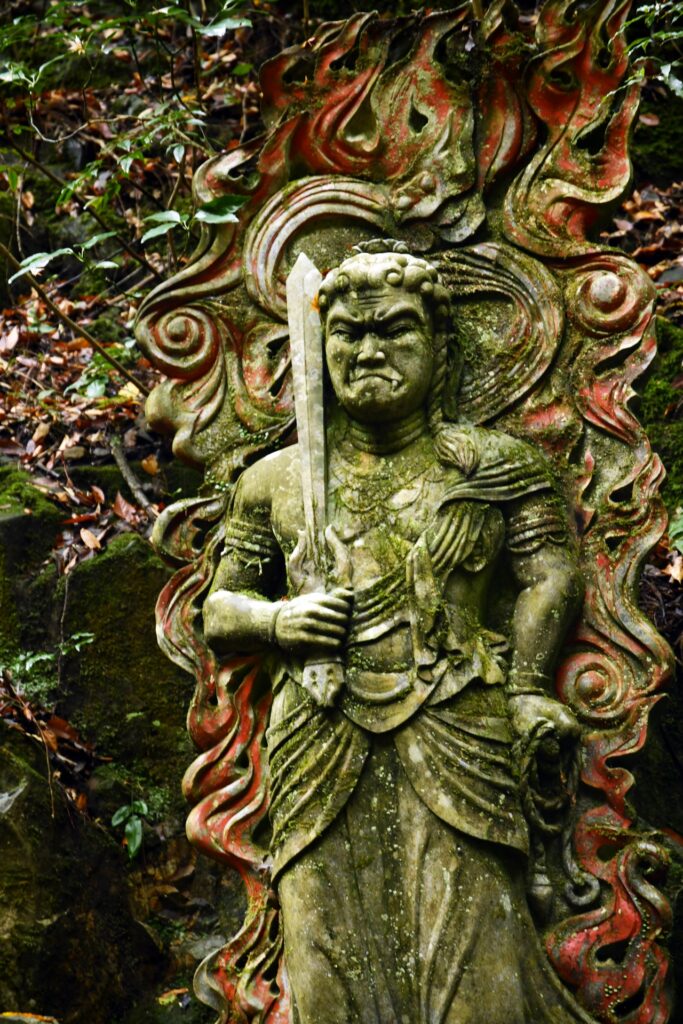
So, the Myohou is kinder than its face (looking). Thus, some people say the face resembles the face of Mom when they get angry at their children.
4th Ten
They are positioned fourth from the top. This rank is complicated because Buddhism observed several gods from the ancient Indian religion in this rank, and they became protectors of Buddhism. So, there are plenty of gods.
Besides, Ten also means the rank (world) itself. It is a realm that is spiritually superior, similar to heaven.
So, who is the famous one in this rank? It is perplexing by the number. But if we say this name, Daikoku Ten, it will be one of them.
We can trace the origin back to a divine legend from ancient India. (over one or two thousand years ago). He influenced other countries and traveled through China, Korea, and Japan.
During his journey, people observed his character in their folklore or religion. So, he changed his form with each story.
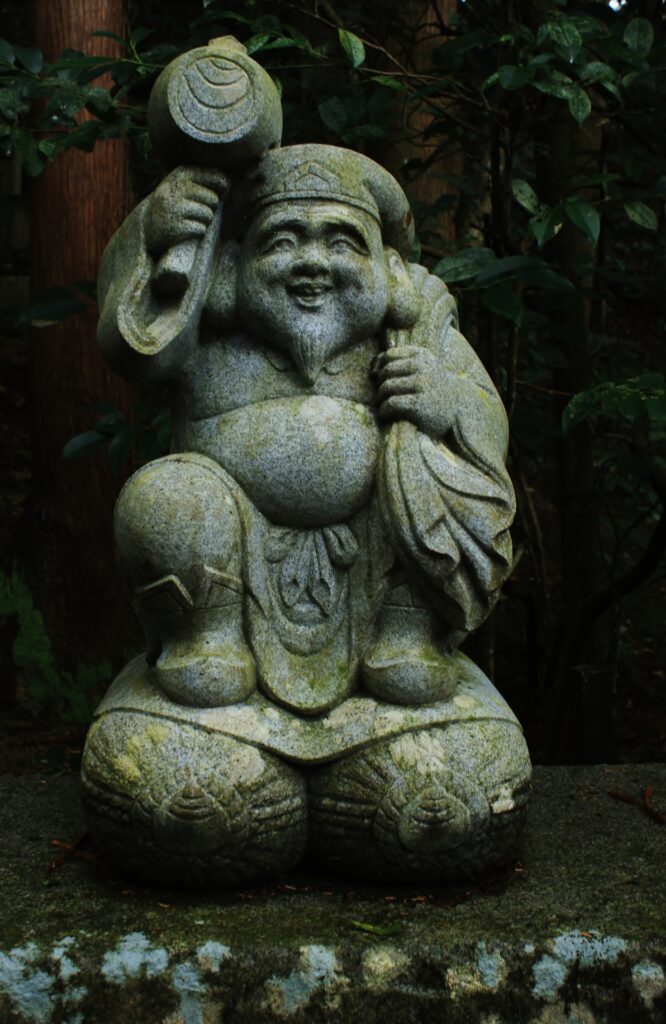
In Japan, statues or drawings express him with some items. He has a gavel in his right hand and carries a big bag like Mr. Santa Claus.
Sometimes, he also sits down on the rice barrels. As his appearance suggests, he is the idol of wealth. The barrels mean the outcome of the harvest.
Besides, the gavel is a magical item that would give us anything we want. Finally, the bag contains the treasures of humanity. They are about lifespan, good relationships, or the number of positive things.
To close
We have shown you just a few examples of Buddha statues. There is also an uncountable number around Japan.
Trust us. Each one should be different. What a unique!
If you want more articles on this site, please visit the front page of this blog.
There is another unique information about Japan, including helpful tips.
Now, we have four categories. They are about the Edo era, Japanese food, lifestyle, and religions.
OK! It is all for this time! Thank you very much for reading this article.
See you for the next uniqueness in Japan!
